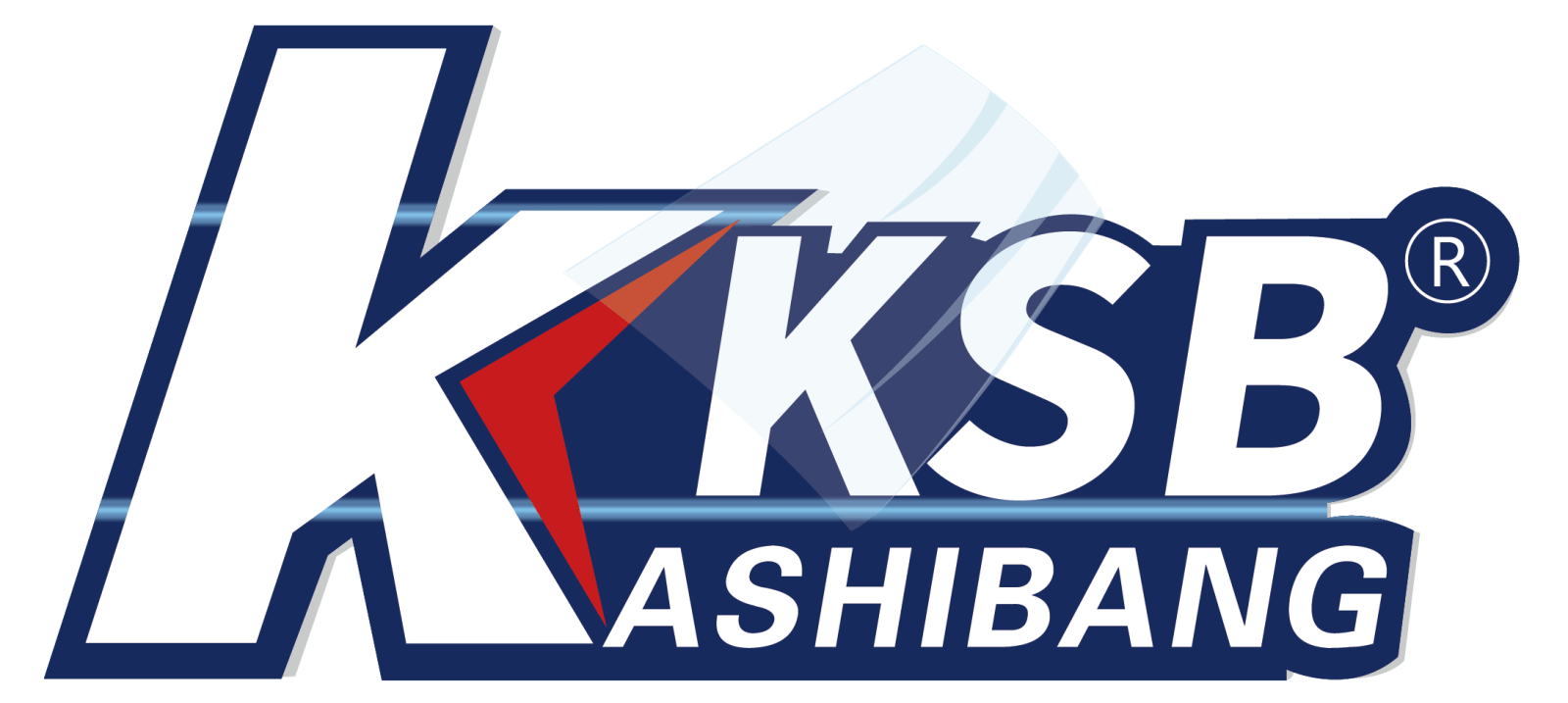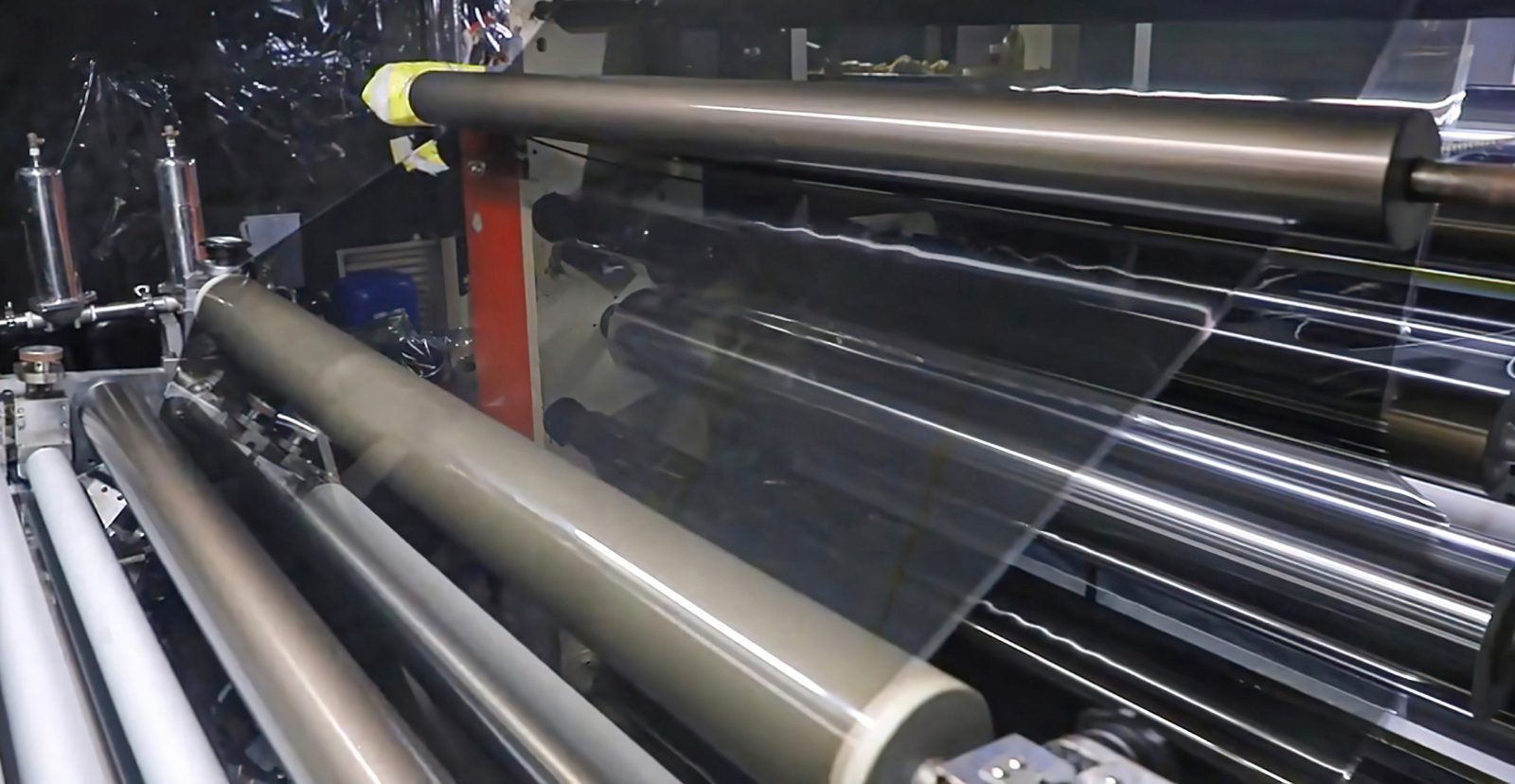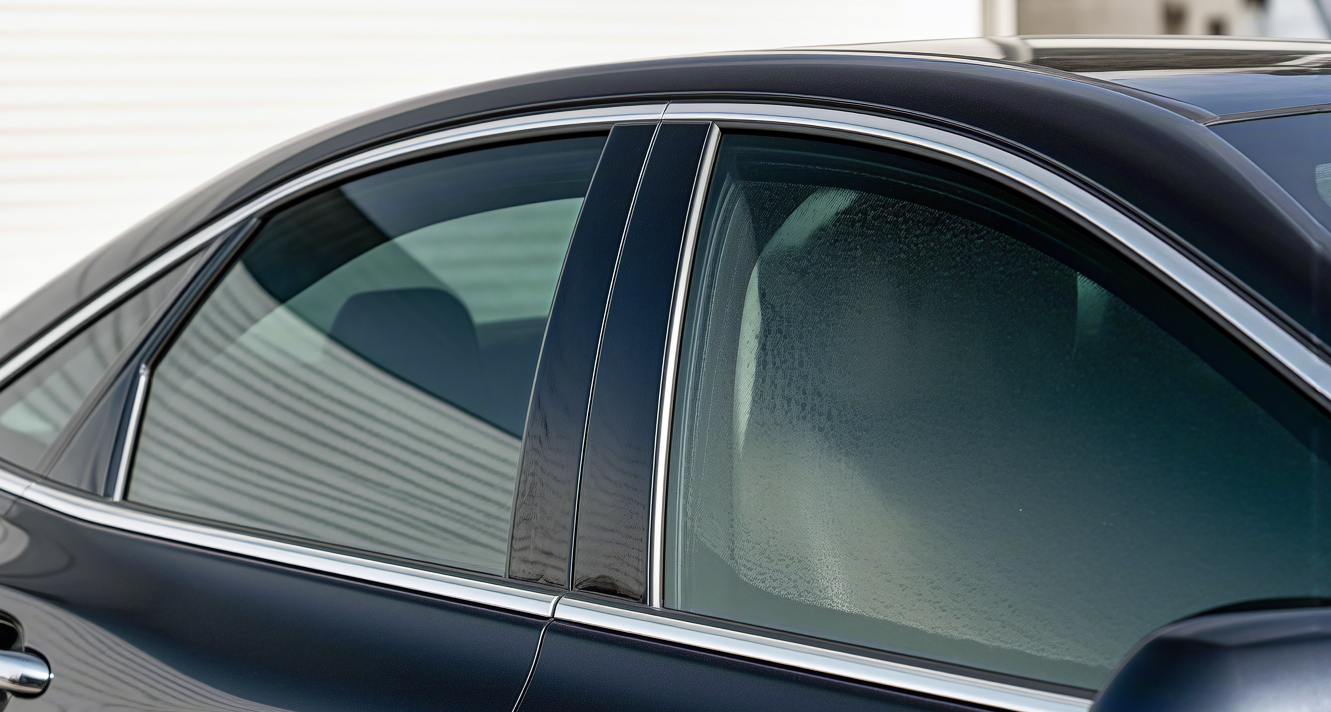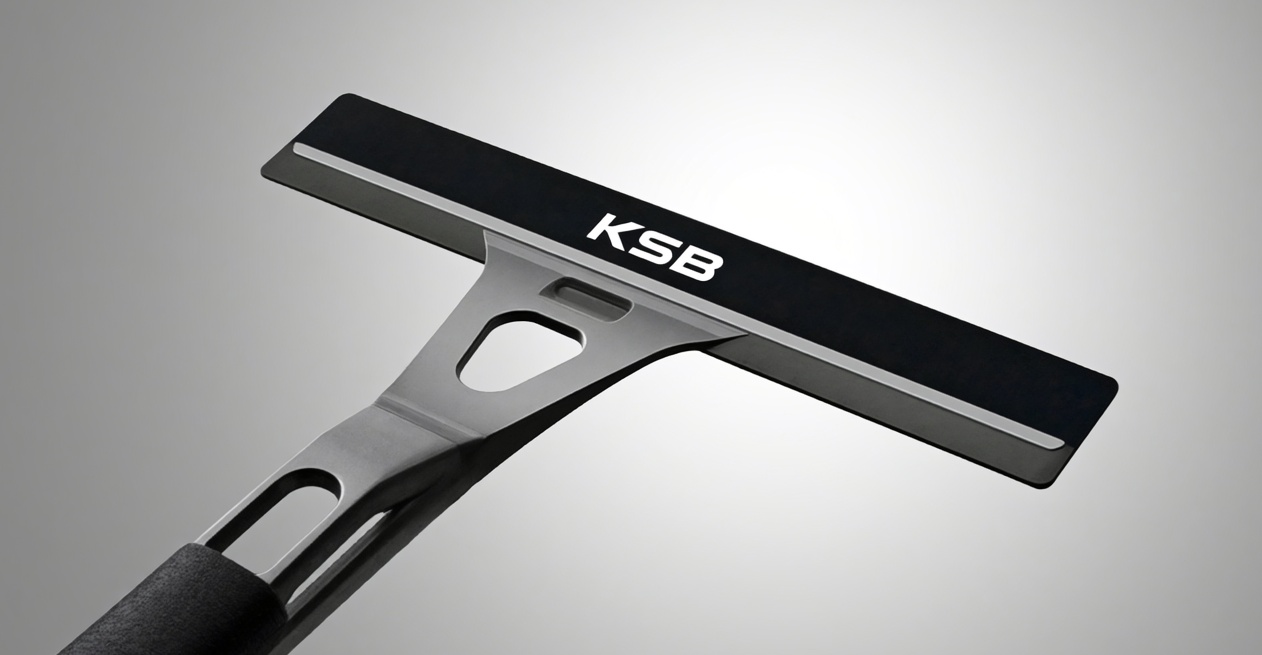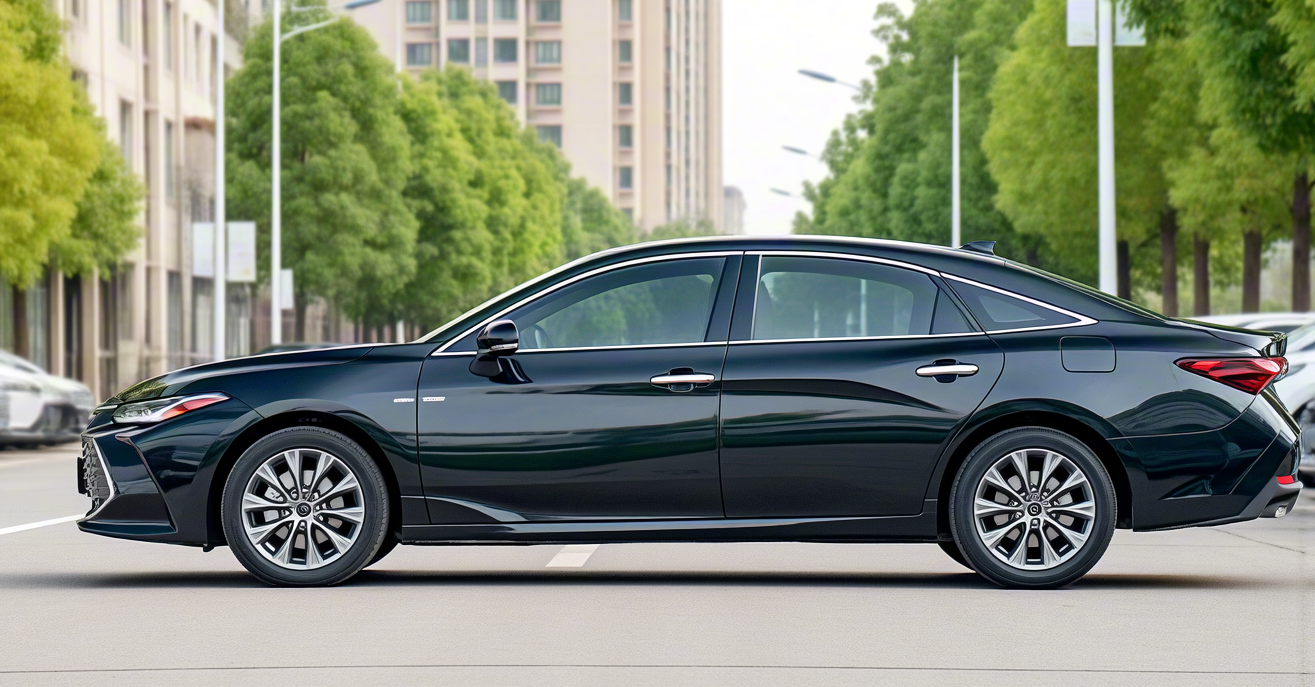Glass, as a core component of modern architecture and vehicles, can achieve breakthrough performance enhancements through functional films. Automotive window films employ multi-layer material composite technology to impart comprehensive functions—such as heat insulation, anti-glare, privacy protection, and safety reinforcement—to ordinary glass. This article systematically details the industrial production process of such functional films, revealing the full-chain technical characteristics from raw material selection to finished product output.
I. Raw Material System Construction
1.Substrate Selection
Optical-grade polyester film (PET) serves as the primary substrate, meeting critical technical specifications:
- Light transmittance >88% @550nm wavelength
- Tensile strength ≥200 MPa
- Thermal shrinkage ≤1.5% @150°C/30 min
Functional additives are compounded based on product positioning:
- Organic colorants: Anthraquinone/phthalocyanine dyes (wavelength-selective absorption)
- Inorganic functional particles: ITO (indium tin oxide) conductive particles / ATO (antimony-doped tin oxide) nanodispersions
- Ceramic phase-change materials: SiO₂-TiO₂ composite sol (infrared blocking)
- Carbon-based reinforcements: Graphene sheets/carbon nanotubes (conductive/thermal networks) .
II. Precision Forming Processes
1.Melt Extrusion Film Formation
Twin-screw extruders execute melt casting processes under key parameters:
- Extrusion temperature: 265±5°C (PET melting point: 258°C)
- Die gap: 50–200 μm (adjustable)
- Cooling rate: 30–50°C/s (quench setting)
- Online thickness measurement systems (β-ray/laser sensors) ensure longitudinal deviation <2 μm.
2.Surface Functionalization
Vacuum Deposition :
- Metal layers: Magnetron-sputtered Al/Ag (thickness: 8–20 nm; sheet resistance: 0.5–3 Ω/□)
- Dielectric layers: SiO₂/MgF₂ alternating deposition (enhanced reflective coherence)
Wet Coating :
- Sol-gel method: TiO₂ photocatalytic coatings (self-cleaning function)
- Micro-gravure printing: Precision-patterned conductive circuits (electrochromic films).
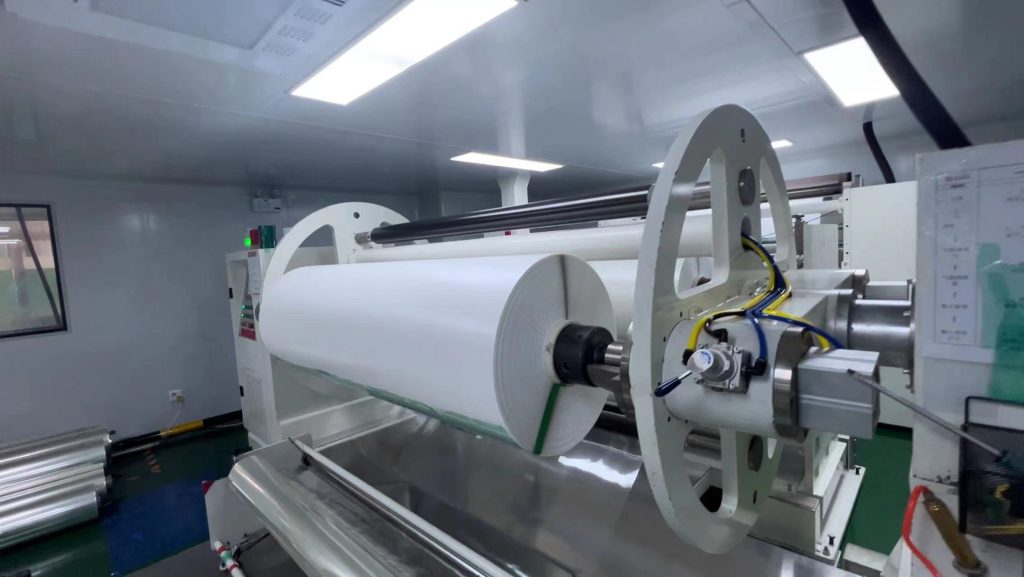
III. Multilayer Composite Technology
1.Adhesive System Design
Acrylic pressure-sensitive adhesive (PSA) formulations are optimized for:
- Initial tack (loop tack test) ≥8#
- Holding power (1 kg/cm² @50°C) >72 h
- Weather resistance (QUV aging) color difference ΔE <1.5.
2.Lamination Process Control
Thermal bonding equipment enables multilayer integration:
- Temperature gradient: 110°C (adhesive activation) → 80°C (setting)
- Pressure curve: Progressive increase from 0.3 MPa → 1.2 MPa
- Cooling rate: 5°C/min (internal stress elimination) .
IV. Special Functional Film Manufacturing
1.Nano-Ceramic Films
Plasma-enhanced chemical vapor deposition (PECVD) grows on PET surfaces:
- Tin-doped indium oxide (ITO) transparent conductive layers (sheet resistance: 10–50 Ω/□)
- Nano-porous SiO₂ insulation layers (infrared blocking >95%)
2.Safety Anti-Explosion Films
Multilayer structure design :
- Impact-resistant layer: Polyvinyl butyral (PVB) interlayer (thickness: 300 μm)
- Reinforcement layer: Biaxially oriented PET (BOPET) mesh (density: 20×20/cm)
- Adhesive layer: Epoxy-modified acrylate (peel strength >12 N/cm)
V. Quality Control System
1.Online Detection Systems
- Optical performance: Spectrophotometers monitor real-time transmittance/reflectance
- Mechanical properties: Electronic tensile testers (ASTM D882 standard)
- Thermal performance: Thermal resistance testers (R-value measurement)
2.Reliability Validation
- Xenon lamp aging (ISO 4892-2)
- Salt spray testing (ASTM B117)
- Abrasion resistance (Taber 5135 method)
VI. Finished Product Handling & Standards
Compliance requirements :
- EU ROHS Directive (heavy metal restrictions)
- S. ANSI Z97.1 safety glass standard
- China GB/T 31848-2015 architectural insulation film standard
Packaging : Vacuum aluminum foil bags with desiccants; transport at 25°C±5°C / RH 50%±5%.
Conclusion
Modern automotive window film manufacturing integrates materials science, surface engineering, and precision processing. Through molecular-level design, it achieves organic unification of light/heat management, energy conversion, and safety protection. KASHIBAGN Window Films advances technological innovation while maintaining cost efficiency, adhering to ISO 9001 quality management systems, and delivering solutions meeting the highest global standards.



